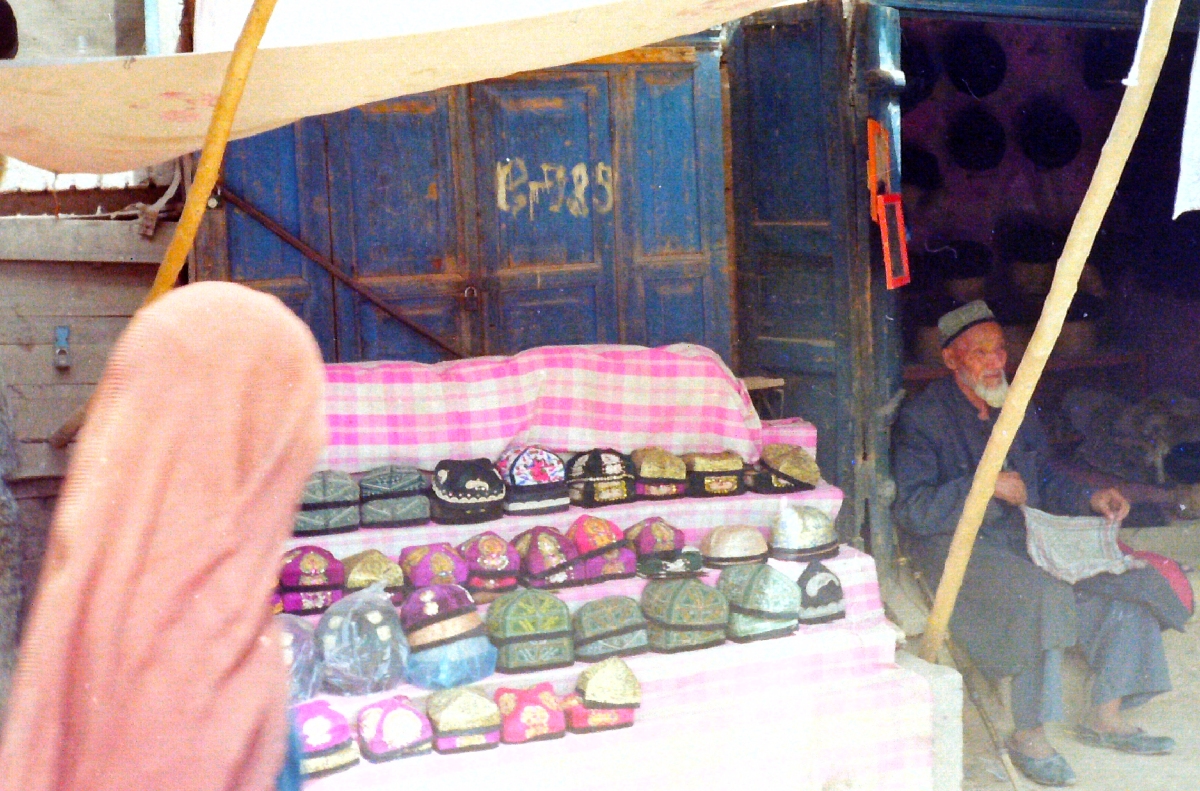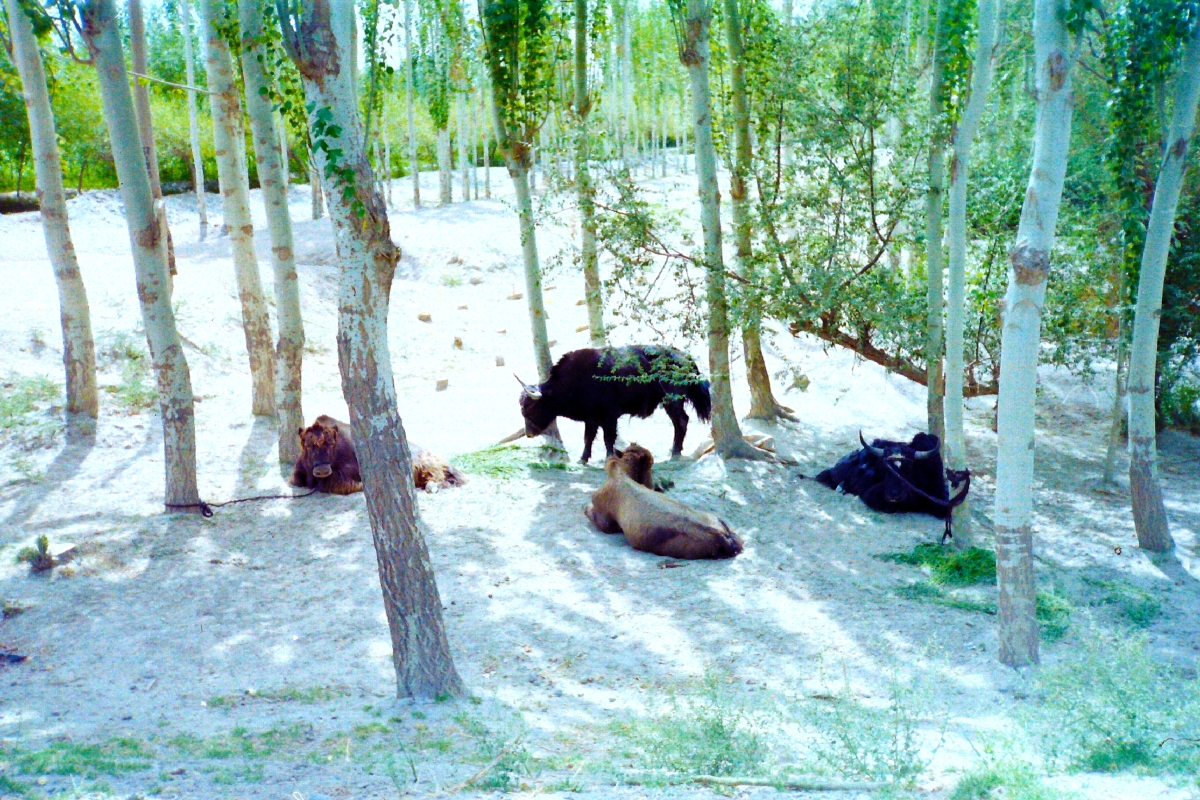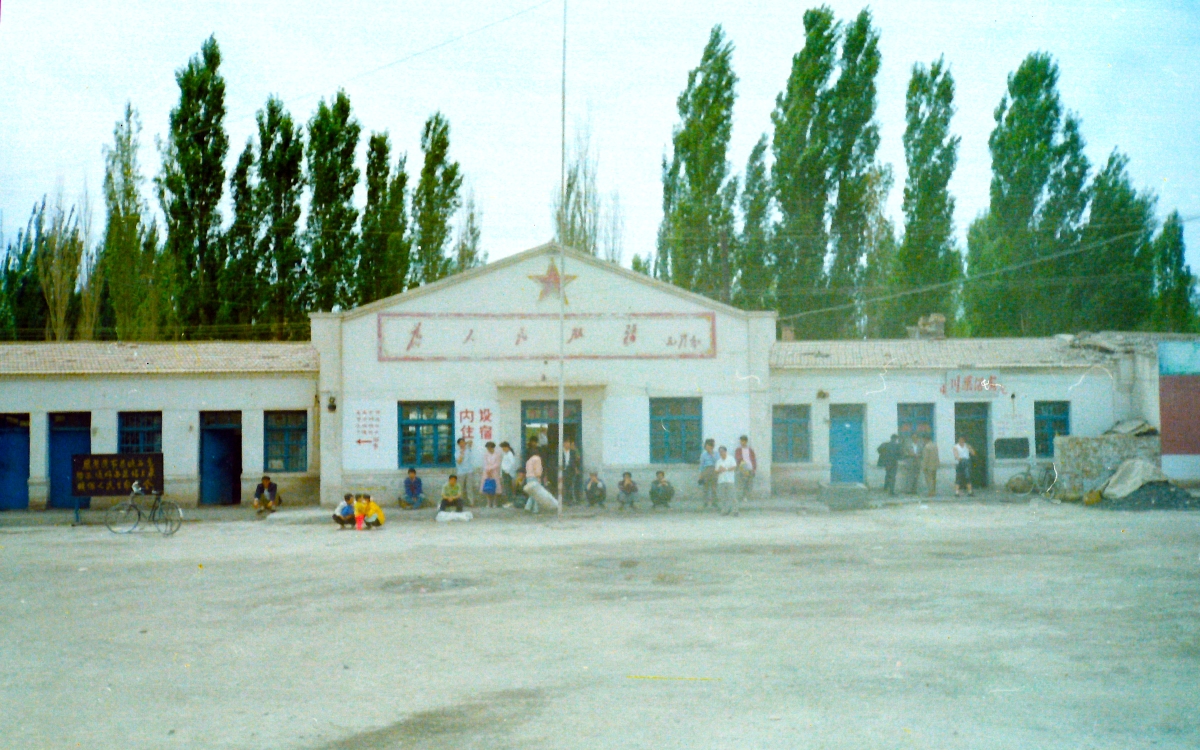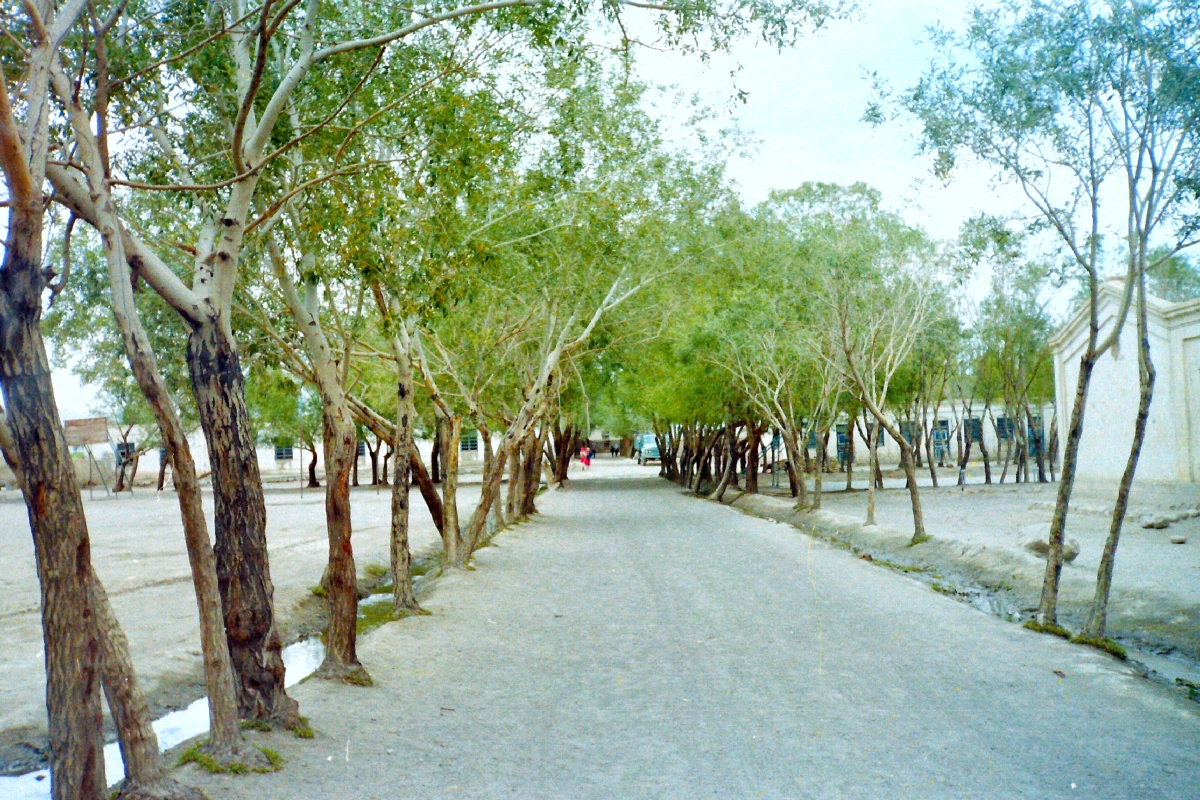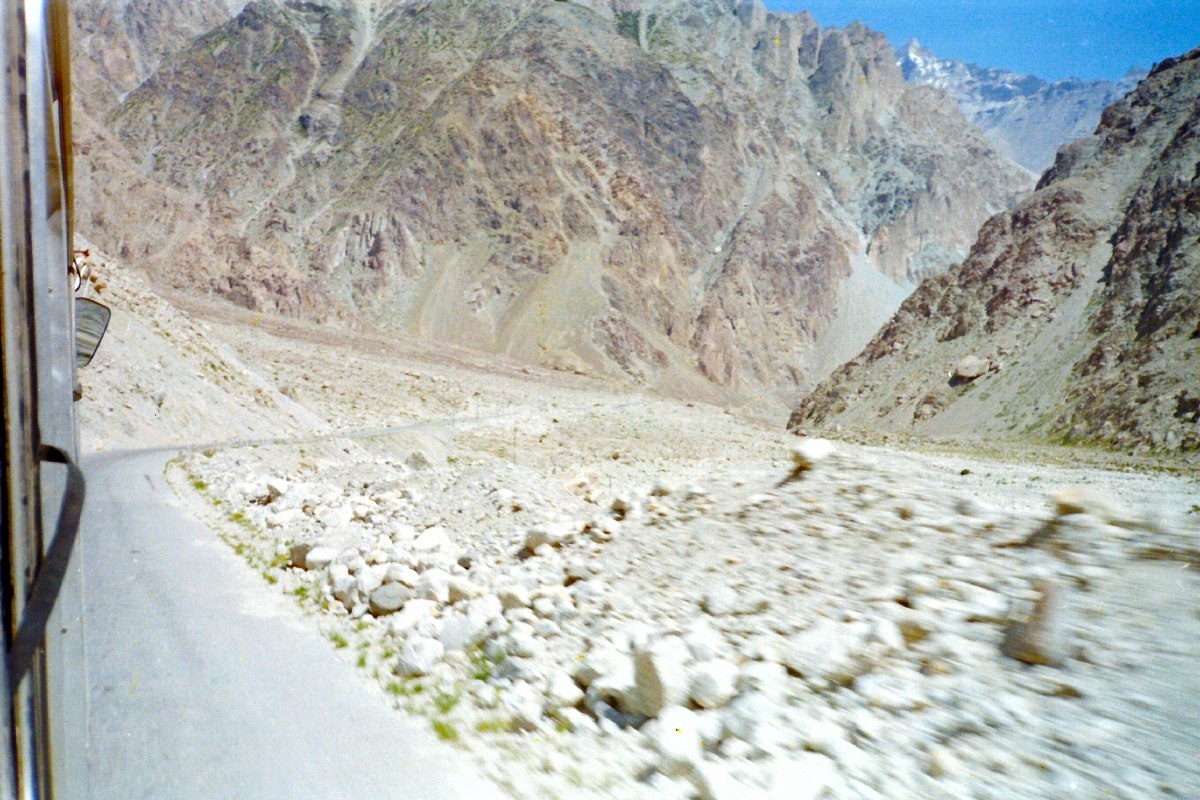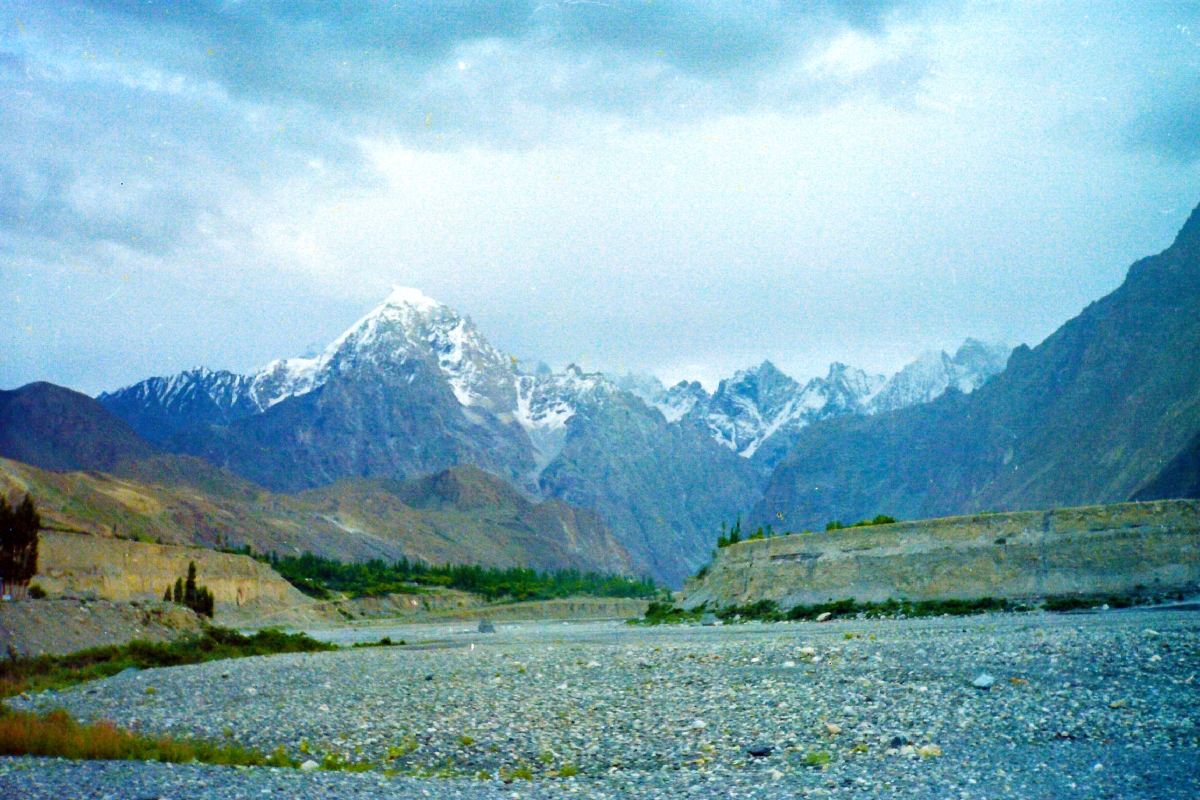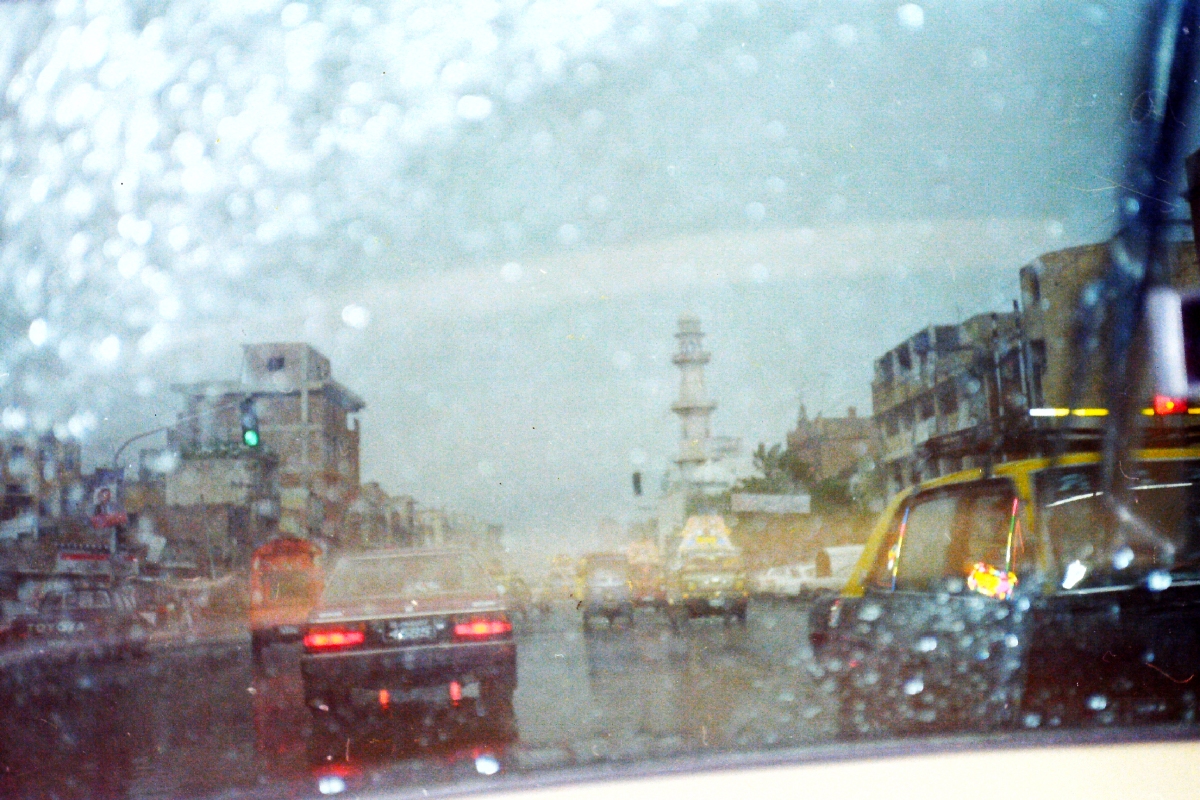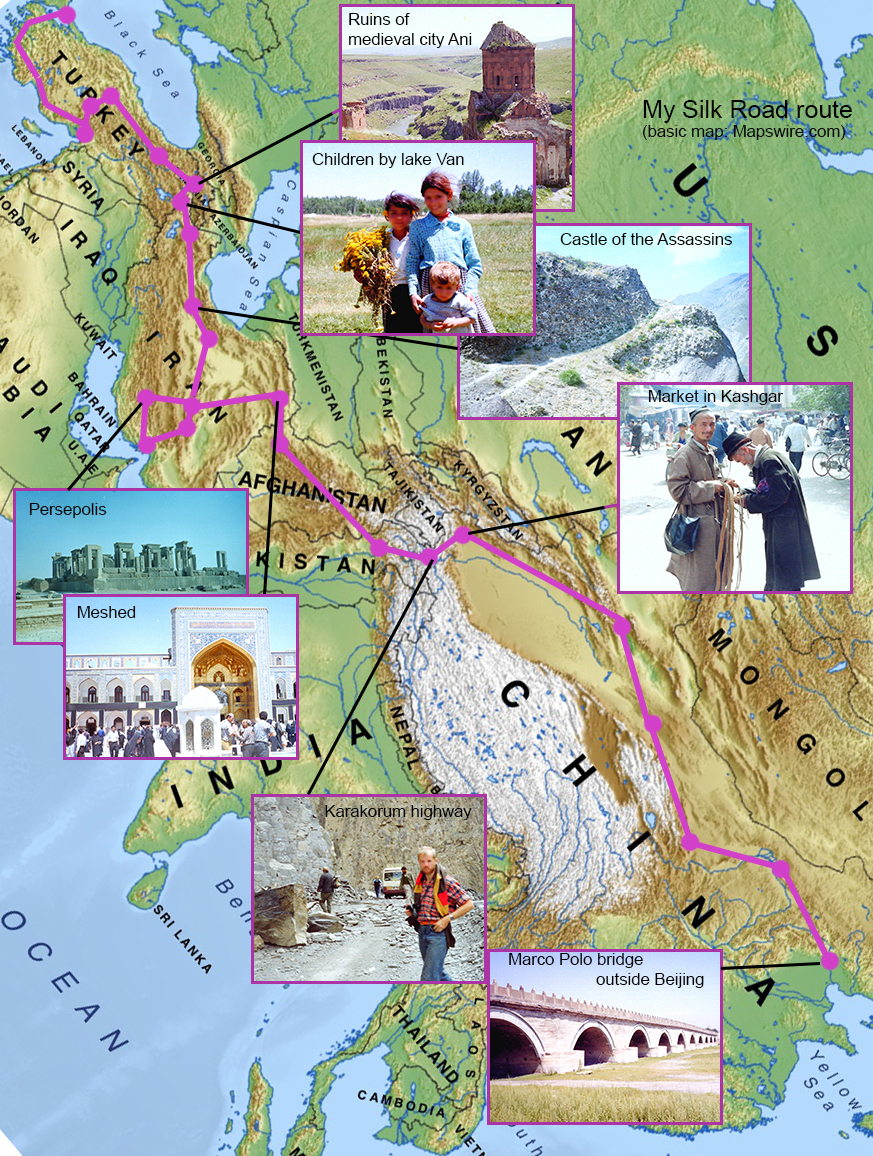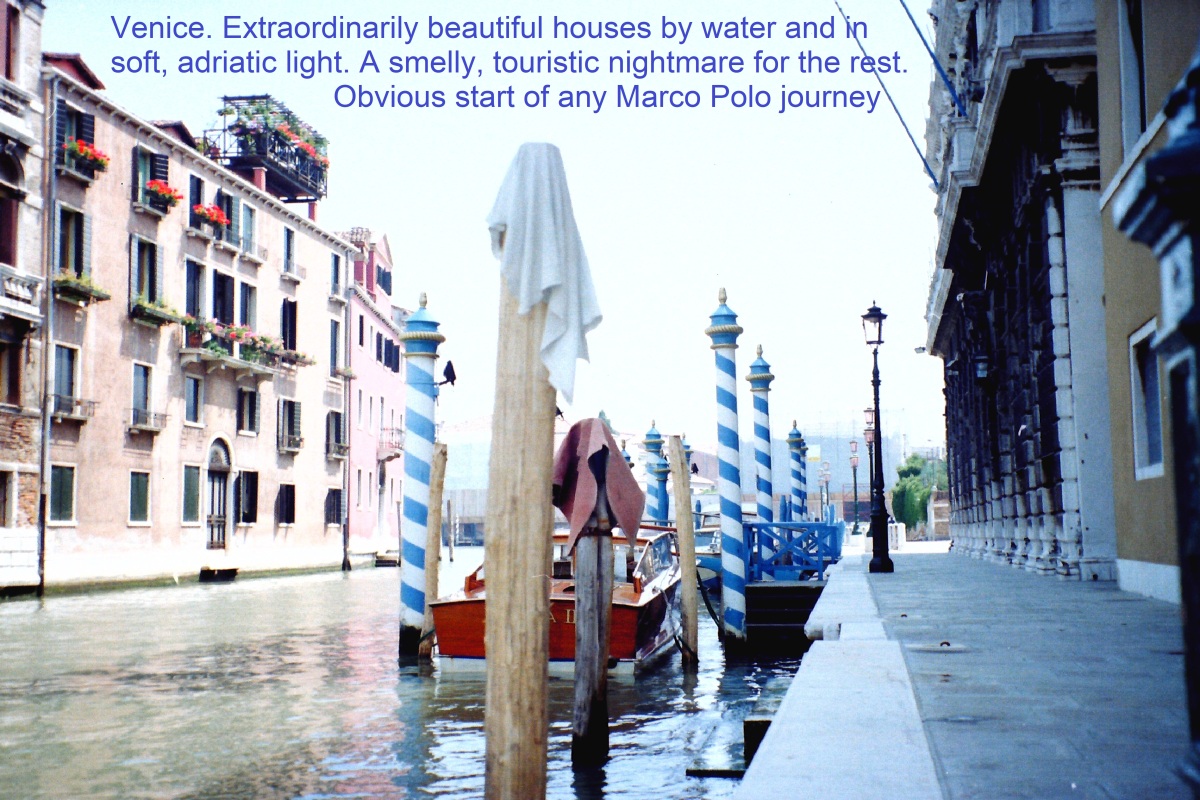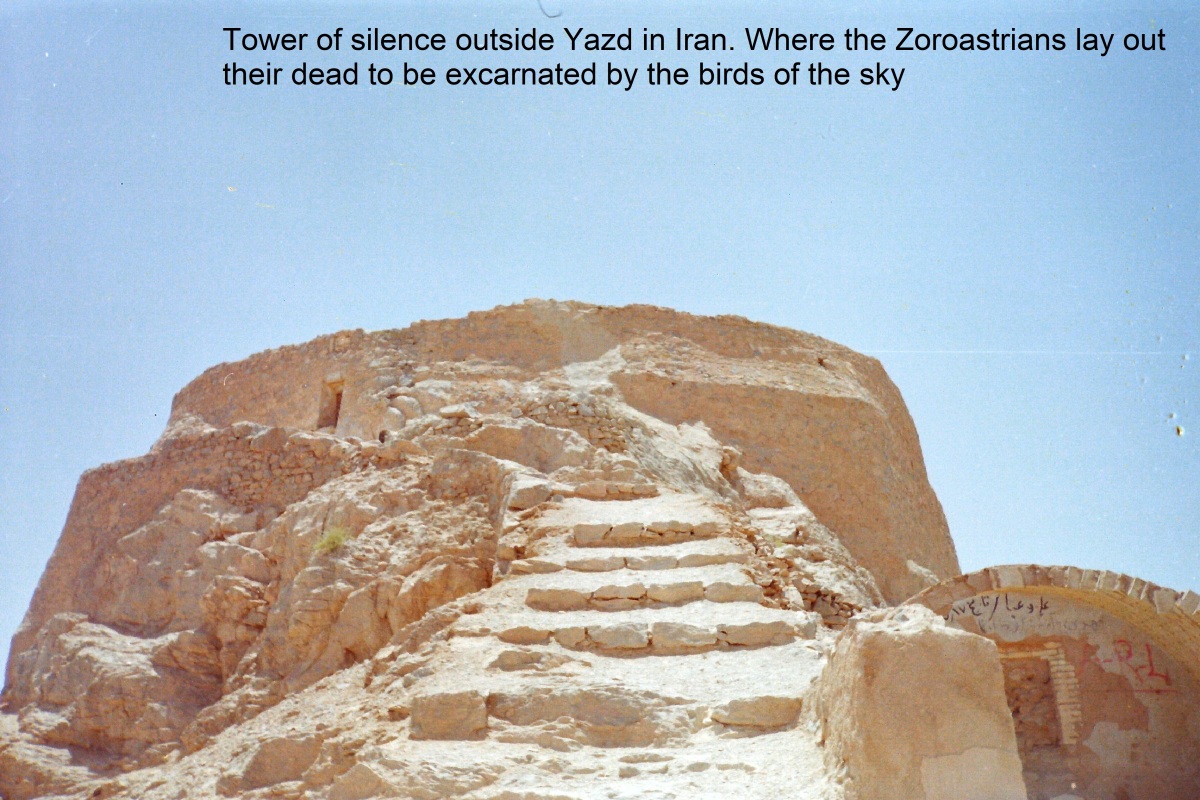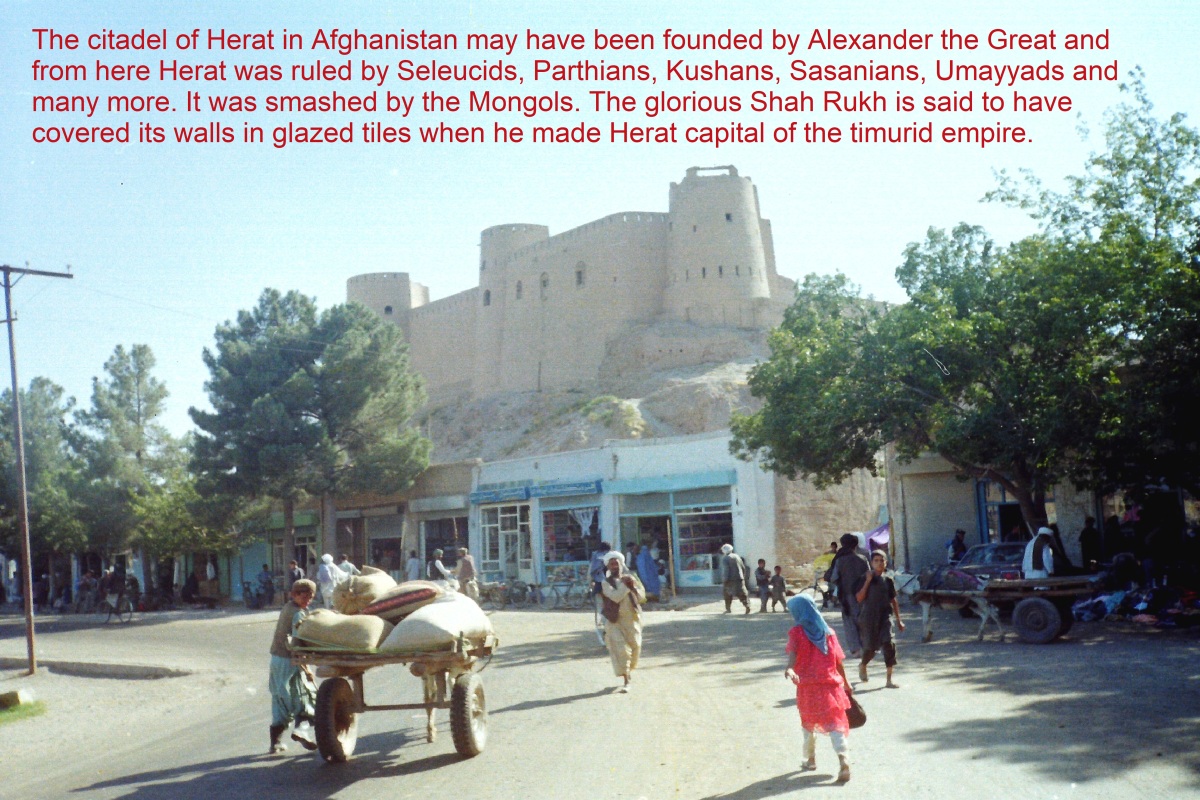On my second day in Kashgar I discover, to my surprise, that behind the brutal concrete hotel in which I stay, the old British consulate is fully preserved though stripped of its famous garden.
The British interpreter, later diplomat George Macartney arrived in Kashgar on expedition in 1890 and soon became the first British consul here. He was to stay until 1918 as a major player in The Great Game – the struggle between empires for ultimate control of the roof of the world in Central Asia.
Macartney married Catherine Borland in 1898 and together they managed the British general consulate in Kashgar – the Qini bagh – which was a grand house with beautiful gardens famous for their views over the mountain ranges in the south.
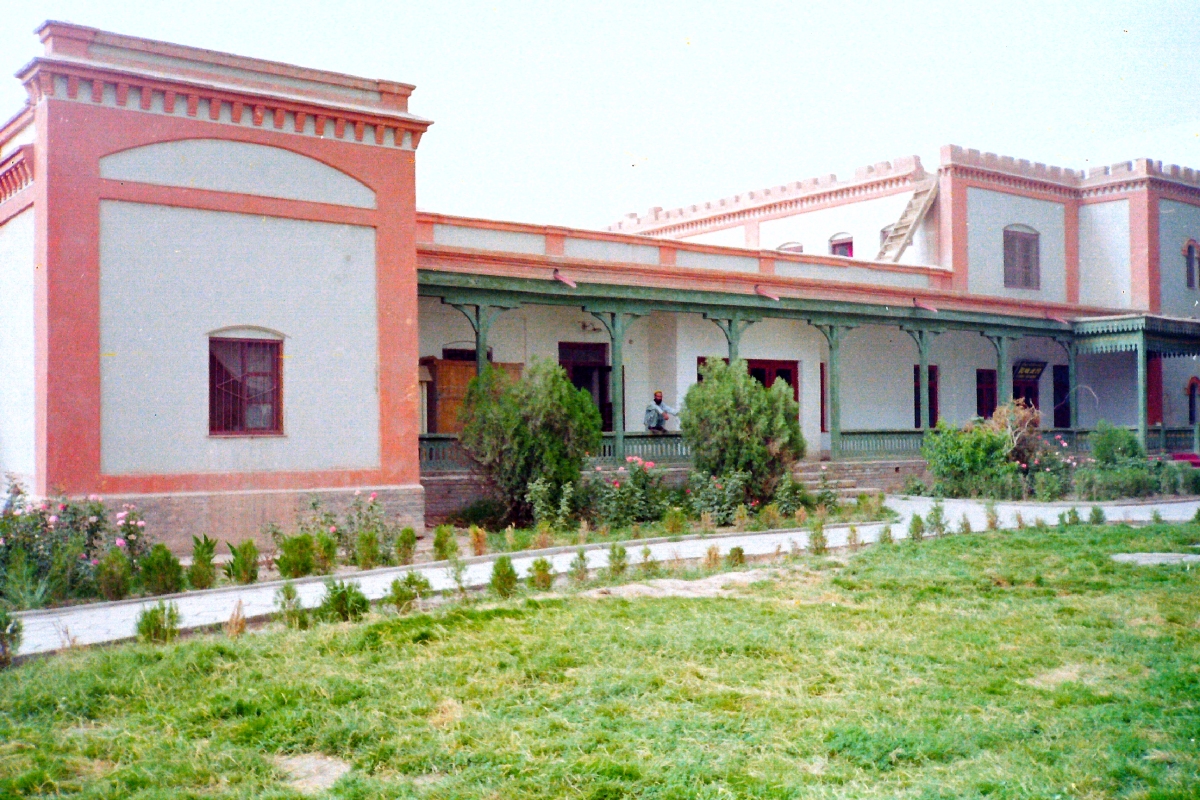
Diplomats, spies, explorers and archaeologists investigating the ruins of the Taklamakan desert all stayed at Qini bagh and most famously archaeologist Marc Aurel Stein, who often recuperated here after desert expeditions.
Russia, the main British counterpart in The Great Game, already had a consulate in Kashgar when Macartney arrived.
Though Kashgar was formally a Chinese city in the 1890s, the most powerful man there was the Russian consul Nikolai Petrovsky who kept a military garrison on the consulate.
When the Swedish explorer (and rival of Aurel Stein) Sven Hedin arrived in Kashgar in 1894 he was greeted by Petrovsky with free vodka and Hedin stayed several times here, receiving all kinds of support from Petrovsky in his desert explorations.
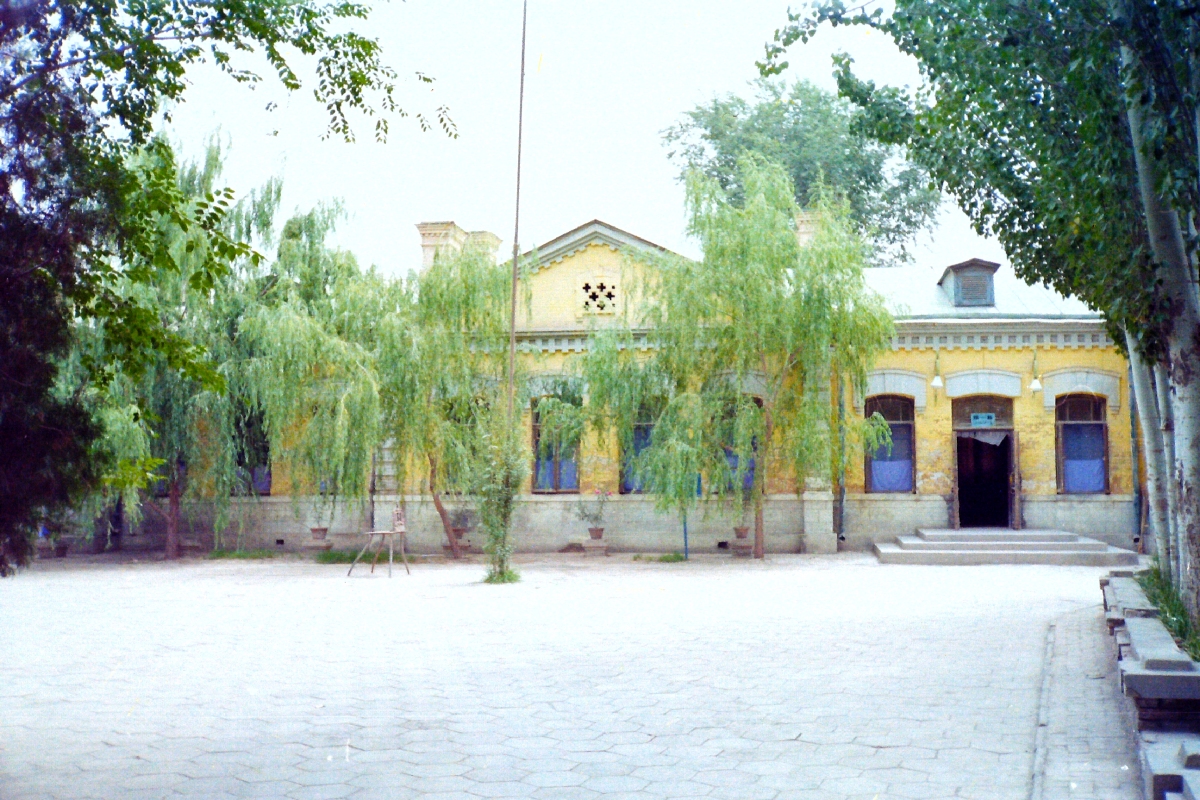
I find that the cheapest rooms of the Seman hotel in Kashgar are actually inside what was previously the Russian consulate, so for my second night I reside there.
It’s not well kept but strolling around the house I manage to enter the dining hall, where Petrovsky held banquets for diplomats, explorers and Chinese dignitaries a hundred years ago.
The old consulate houses remain in Kashgar as memorials to the clash of empires on the roof of the world and to the strange age of imperial explorers stripping the amazing ruins of Silk Road cities in the Taklamakan of antiquities to bring home to European museums, which is another story.



 We are at the end of the Karakoram Highway, on the rim of the Taklamakan desert and in the great city of Kashgar, a regional center for the western part of the Chinese Xinjiang province, an oasis on the Silk Road and historically a small, independent kingdom of its own.
We are at the end of the Karakoram Highway, on the rim of the Taklamakan desert and in the great city of Kashgar, a regional center for the western part of the Chinese Xinjiang province, an oasis on the Silk Road and historically a small, independent kingdom of its own.
